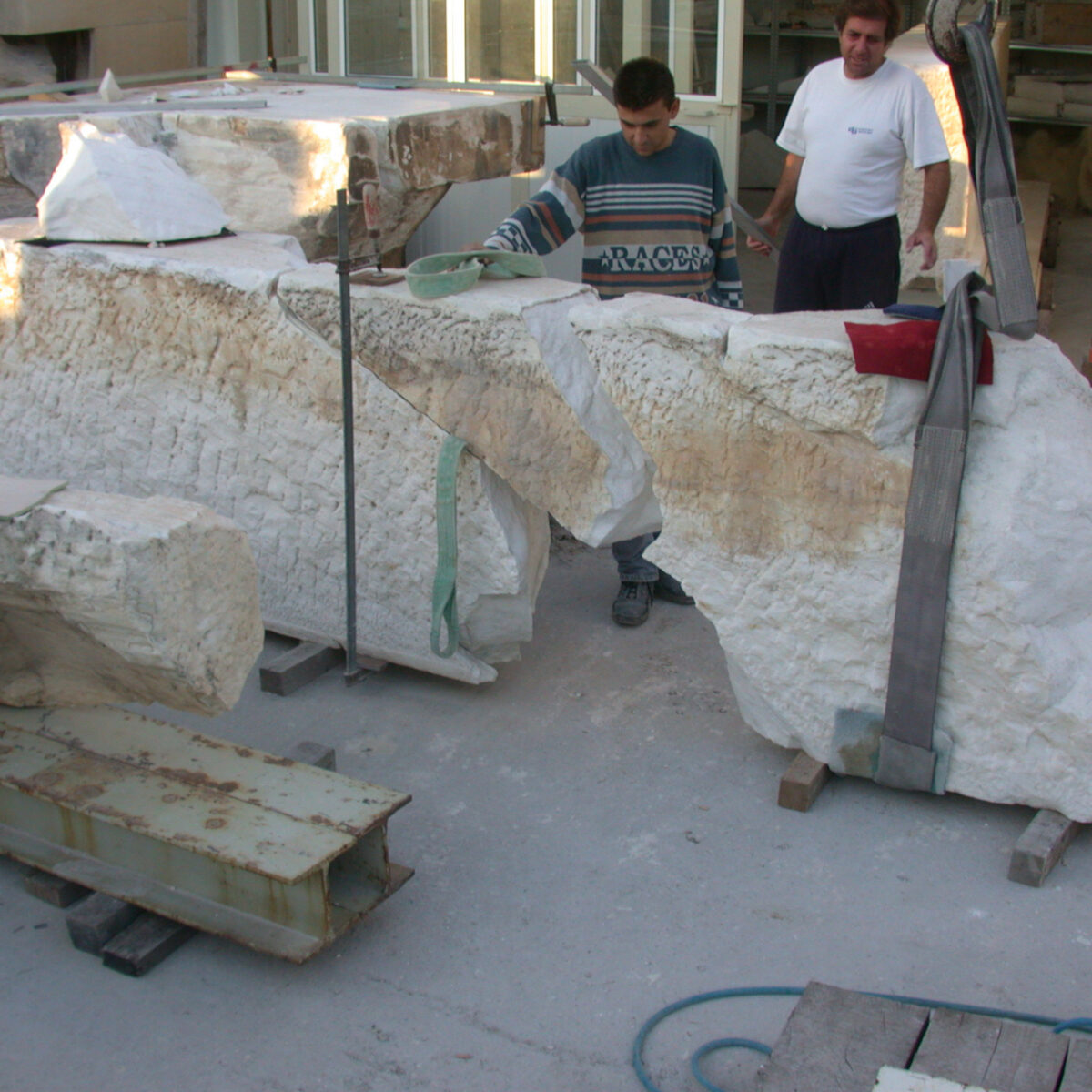
A general principle of the works is to carry them out on the basis of decisions taken as objectively as possible, with transparency in all phases. These goals are achieved primarily by means of an interdisciplinary approach to the interventions during the phases of study and application, the publication of general and specialized studies for the restoration of the monuments prior to the actual interventions, their submission as top-level studies to a procedure of multiple assessment and then the final publication of the works.
The International Conferences of specialists held at regular intervals for exchange of opinion about the various proposals for interventions on the monuments and other special subjects, comprise a particularly important feature of the works. The interventions, in themselves, are conducted in the spirit of the Venice Charter (1964), the internationally accepted framework of principles codifying the requirements for the restoration of monuments. The following principles were formulated particularly for the monuments of ancient Greek architecture, and stem from the actual building system of the monuments of the classical period.
- The principle of reversibility of the interventions. This means the possibility of returning the monument to its condition prior to the intervention.
- Respect for the authentic material, retention of the structural autonomy of the architectural members and their original structural function.
Compliance with the above theoretical principles leads to specific choices in planning structural interventions on the Acropolis monuments, which can be summarized as follows:
- Interventions are restricted to those parts of the monuments that have been damaged in earlier restorations or show structural deficiencies.
- The materials used in restoration must be harmless and compatible with the authentic materials.
- For joining fragments, the titanium rods required by the structural study, should be used as sparingly as possible and the holes for titanium reinforcements be as few as possible, so as to avoid damaging the ancient material.
- To the extent possible, the existing ancient cuttings are used for joining the members. The basic criterion for calculating the reinforcements is that in a near-limit situation the reinforcements should fail rather than the ancient material.
- In the joining of ancient fragments, only pieces that come from the same architectural member are joined together.
- In restoration supplements of new marble are limited. The decision is always made on the basis of the structural and aesthetic autonomy of the member involved and the integrity of the area being restored.



